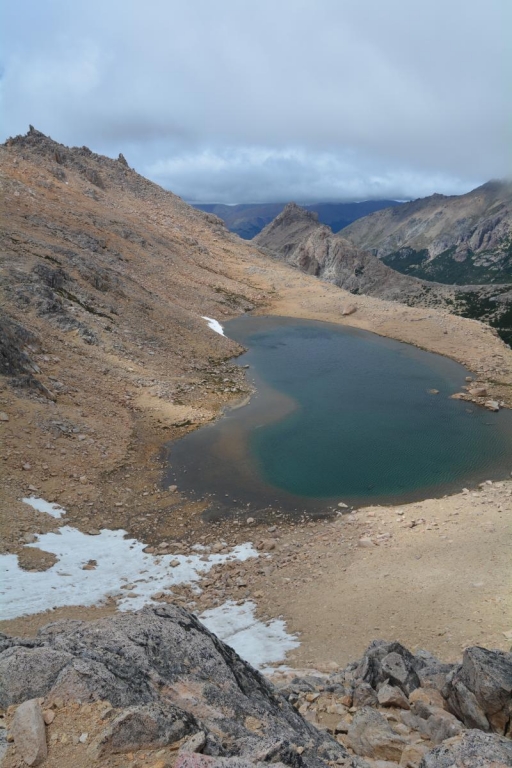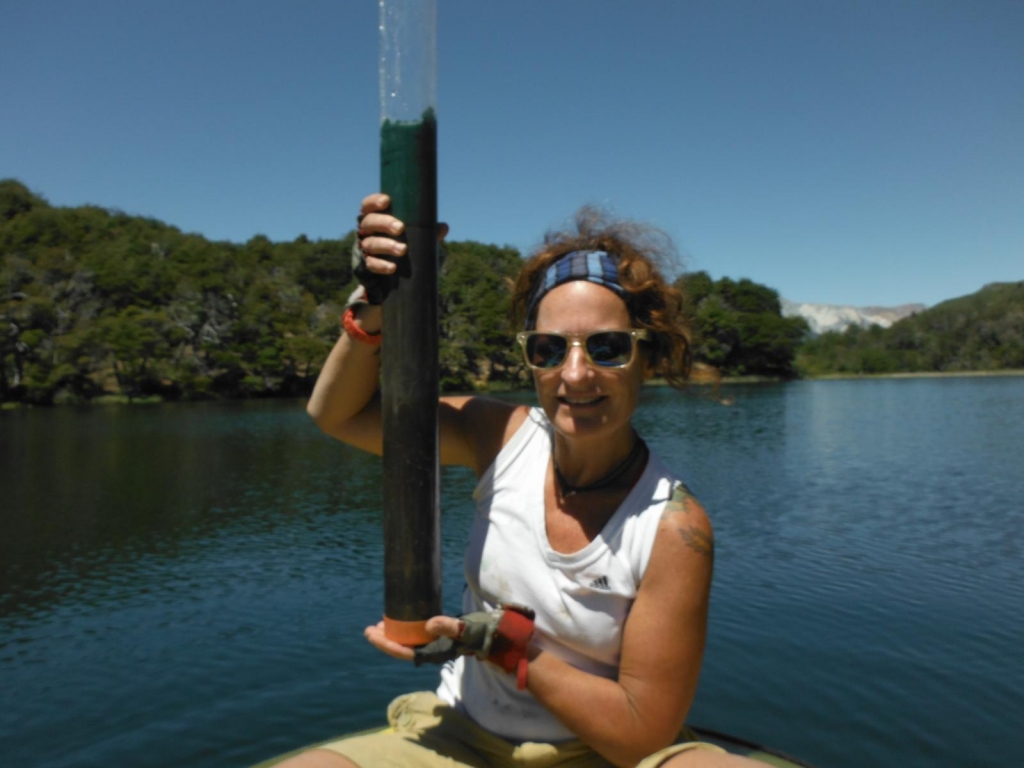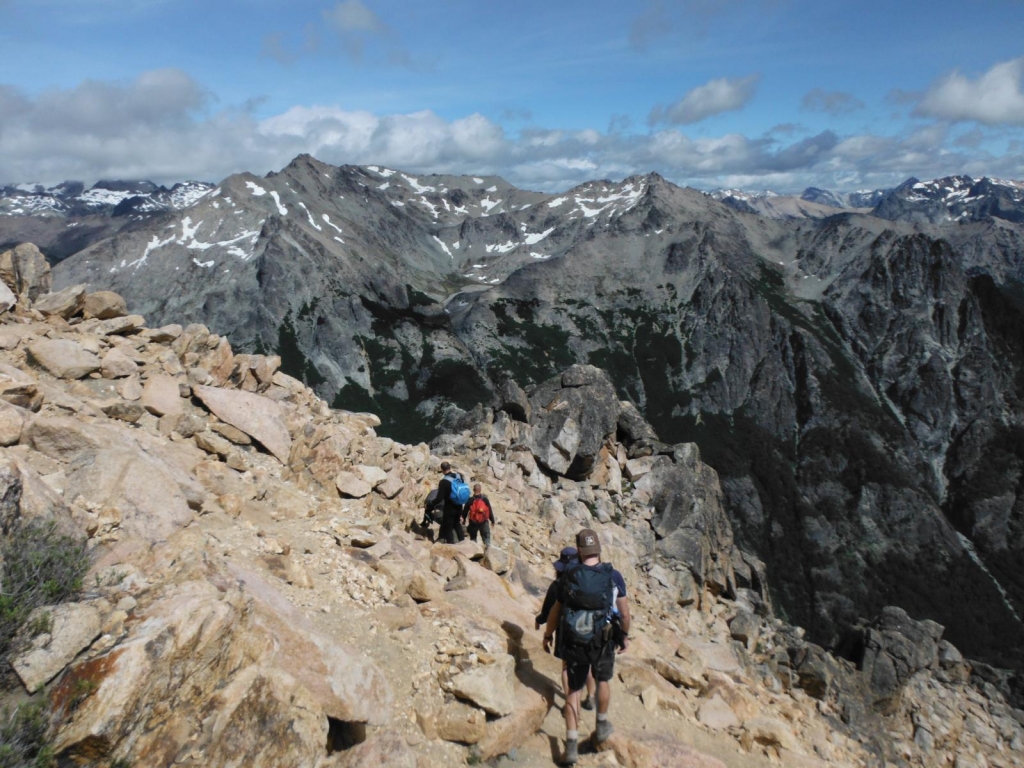
Effects of Nitrogen on Lake Ecosystems in Patagonia
Effects of Nitrogen on Lake Ecosystems in Patagonia
Northern Patagonia
January 2015
Field Team: Jasmine Saros & Benjamin Burpee
Funding Source: NSF ADVANCE Grant – Rising Tide Center, University of Maine
In recent years, new discoveries about nitrogen dynamics in the Northern Hemisphere have revealed that remote lakes record ecosystem effects of nitrogen pollution starting in 1895 (Holtgrieve et al. 2011), and that rapidly melting glaciers release high nitrogen loads into aquatic ecosystems (Saros et al. 2010). A fundamental question that remains to understanding global nitrogen patterns is the extent to which either of these phenomena occur in the Southern Hemisphere. A key area in which to investigate these patterns is Patagonia, due to its remote location, presence of rapidly melting glaciers, and presence of alpine lakes, which are some of the best recorders of atmospheric signals.
In January 2015, CCI members Jasmine Saros and Benjamin Burpee conducted field research in northern Patagonia near Bariloche, Argentina. They were joined by Courtney Wigdahl-Perry, a graduate of UMaine. They collaborated with Julieta Massaferro of the National Scientific and Technical Research Council (CONICET) of Argentina. The field team cored one lake to add to the growing repository of lake records at CONICET. This involved backpacking a coring platform and equipment into a lake for the day. The team also spent several days visiting high elevation and glacially-fed lakes to collect water samples for nitrogen analysis. The results of this work will contribute to a broader analysis of remote lakes in the Southern Hemisphere.





